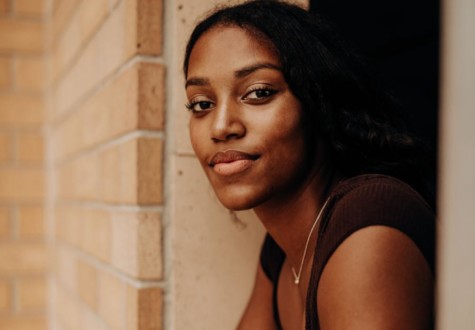With the notorious toxic nature of social media, many teenagers have tried to take a more light-hearted approach to social media platforms in hopes of shifting the culture. There has been a push across platforms to make apps like Instagram “casual,” which involves posting more frequently, leaving photos unedited and sharing “photo dumps.”
However, in an attempt to alleviate social media’s toxicity, young people have not changed the narrative but, rather, have created a new set of standards for what it means to fit in.
Instead of spending hours tweaking the saturation and contrast of one or two photos, people are carefully selecting the 10 photos in their camera roll they deem aesthetically pleasing enough for their feed. Even in their casual posts, users are trying to navigate the ever-thinning line between what is accepted as cool and funny and what is not.
Rachel Ker of the 34th Street publication elaborated on the irony of this concept. “As ‘trying too hard’ becomes increasingly unfashionable, the pressure to hop on the casual trend becomes more and more prevalent—shedding light on its underlying toxicity,” she said. “This movement pushes you to portray yourself online in a way that comes off as careless as possible—all while remaining aesthetically pleasing. Users are expected to be effortlessly cool rather than intentionally so.”
The prevalence of this trend can even be seen at PV. Senior Hannah Harrison is one student who has attempted to take a more casual approach to social media. Harrison explained how she got into the trend. “I remember seeing Emma Chamberlain post a photo dump last year, and I instantly thought it was cool. I enjoy taking photos, and they would primarily sit in my photos app because I had nowhere to put them,” she said. “For the past six months, I have posted photo dumps. It’s something to look forward to. I like to think of it as a recap of my month, something to remember the memories by.”
Even though her casual posts originated light-heartedly, Harrison has noticed underlying implications in this push for more casual posts. “I purposefully turn off my comments; that way, there’s no weird comments or pressure to say anything if you’re featured in [the photos]. There’s slight pressure to make sure there’s ‘good’ photos in the dump that will keep people entertained for 10 photos. Sometimes people don’t like them and complain about the photo dumps.”
And the pressure Harrison feels to make adequate posts is not uncommon. Social media has grown to be a complex landscape to navigate, especially for young people – and it may be too late to fix it.
Though apps like Facebook and Instagram began innocently, these photo-sharing apps have become so performative that it has proven to be difficult to revert these platforms to their roots. Despite making Instagram “casual” being a seemingly positive step in the right direction, the trend is still about putting moments of one’s life on display to be subject to the approval or disapproval of others.
So at the end of the day, the toxicity is still there; it has just reinvented itself.









